Meet our CODE_n CONTEST Finalists 2016: otego from Germany
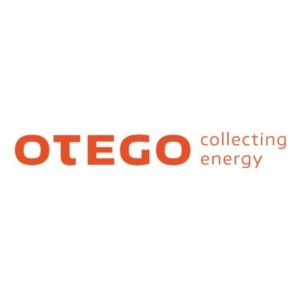 CODE_n CONTEST finalist otego is poised to be the first manufacturer of low-cost thermoelectric generators (TEGs) that are suitable for mass use. By avoiding batteries in IoT devices, otego TEGs are a sustainable solution for harvesting energy using wireless sensors and actuators. Frederick Lessmann (Business Development), has answered all our questions about his startup that was selected for the photonics cluster:
CODE_n CONTEST finalist otego is poised to be the first manufacturer of low-cost thermoelectric generators (TEGs) that are suitable for mass use. By avoiding batteries in IoT devices, otego TEGs are a sustainable solution for harvesting energy using wireless sensors and actuators. Frederick Lessmann (Business Development), has answered all our questions about his startup that was selected for the photonics cluster:
What is otego all about? How did you come up with the idea?
Frederick:otego develops innovative thermoelectric generators (TEGs) that transform heat sources into sources of electricity – maintenance-free and by utilizing even small differences in temperature. With otego-TEGs many Internet of Things devices will gain a new power source that makes them independent from batteries.
“Digital Disruption“ – that’s the motto of this year’s CODE_n CONTEST. What makes your solution innovative, what makes it disruptive?
Frederick: Ambient heat is almost everywhere. But so far we don’t really know how to utilize these small differences in temperature. What solar cells are for transforming light into electrical power our generators will be the equivalent for the transformation of heat. In other words, thanks to our generators heat sources will turn into power sources all of the sudden. I think this is pretty disruptive. And most importantly our generators will cost less than alternatives like cables or batteries which hopefully will make them a true innovation in the market.
You’re one of the 13 finalists in the Photonics contest cluster. Which challenges do you think young companies have to face in this sector? How do you handle these challenges?
Frederick: We specifically consider us to be part of the printed electronics industry which waved through the industries hype cycle like a roller coaster within the past years. Printed LEDs and printed photovoltaics are still not as present in the market as experts projected a couple of years ago. Conventional LEDs and photovoltaics are still competitive and have the greater market share. It just seems like there are not enough drawbacks regarding the conventional silicon based production processes.
Conventional thermoelectric generators on the other hand are mostly known from deep space applications and didn’t succeed in earthly mass markets due to high costs of materials and production. We think that with our completely new concept of a printed thermoelectric generator we will be able to reach the industry price point for the first time. And this time the materials as well as the production process of printing really seem to be the only key for commercial success.
On your website you call your team a „mixed bag“ as it consists out of physicians, chemists and business engineers. What are the benefeits of working together in such an interdisciplinary team?
Frederick: To commercialise a technology like ours I think it is simply necessary to cover a whole range of disciplines. We are very lucky that our team works really well together, since we all developed a fair understanding of each other’s challenges and manage to work together well at the interfaces between our core competences. The benefit definitely is that we cover the whole creation of value from the development of functional materials to the building of innovative production machines to product development and a deep market knowledge.


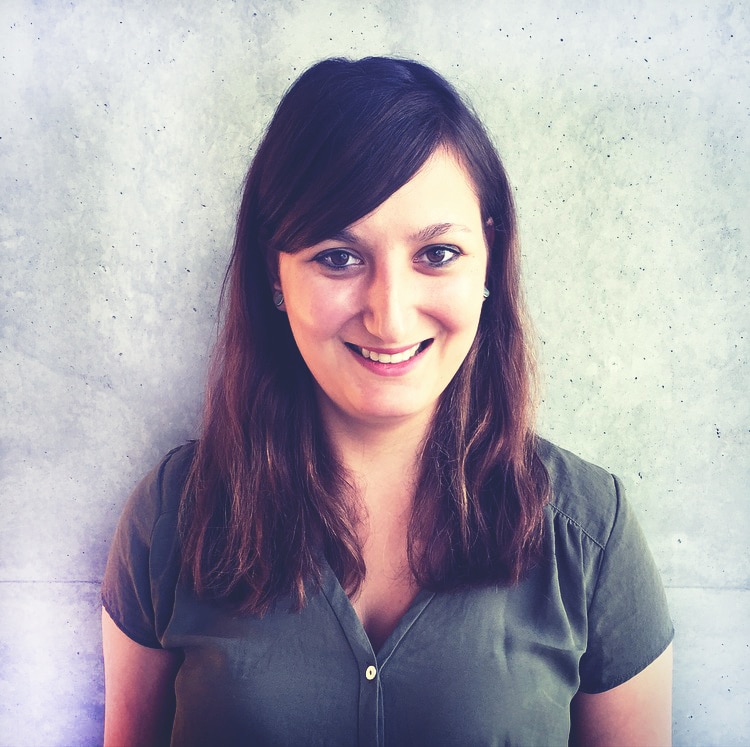
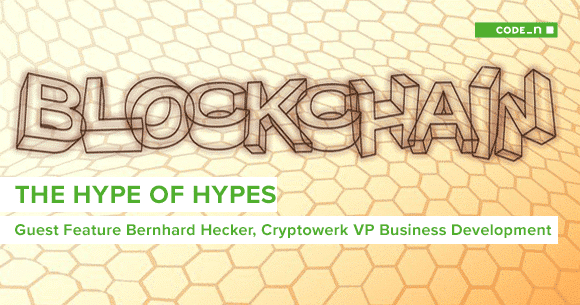
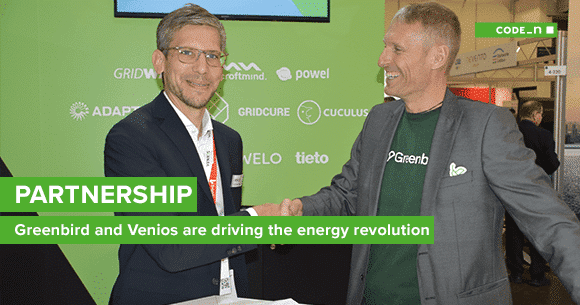
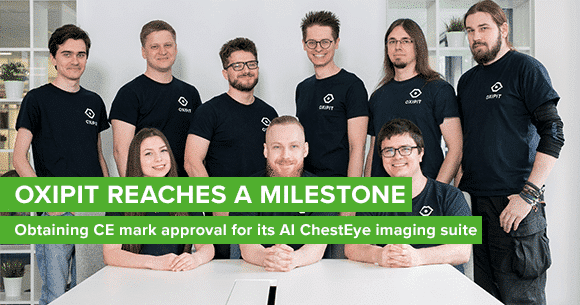
Write a comment